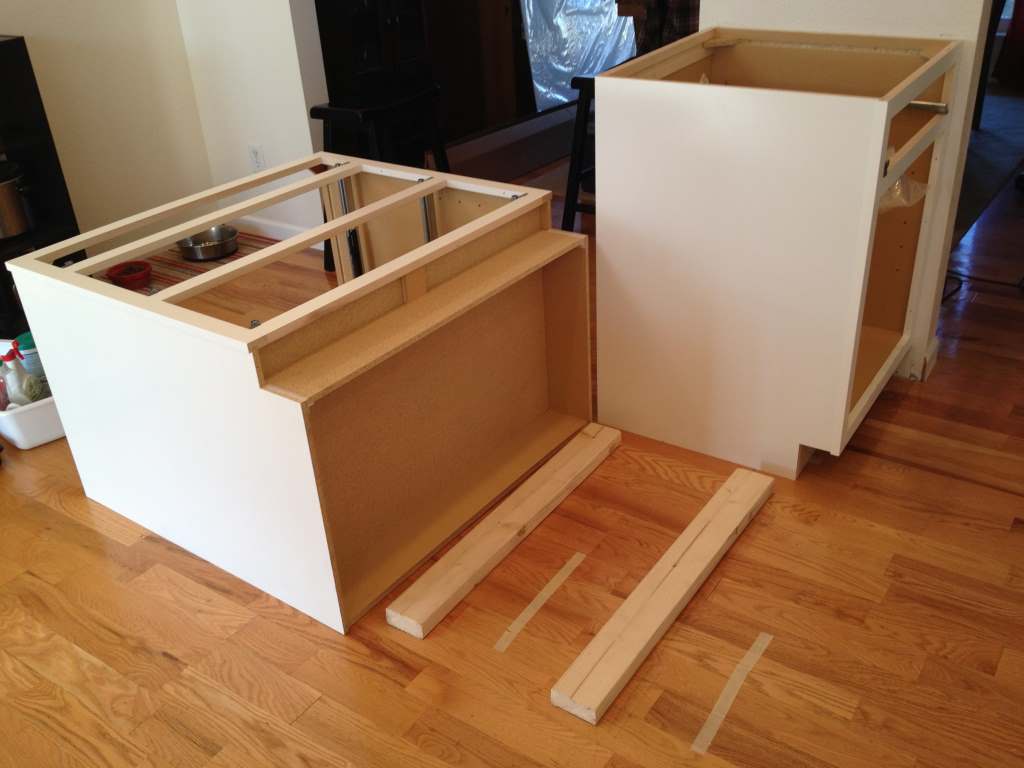A well-maintained deck can be the highlight of any backyard, offering a welcoming retreat for gatherings, outdoor meals, or peaceful relaxation. Yet, decks inevitably accumulate dirt, pollen, mold, and weather-induced stains over time, diminishing their charm and safety. Without consistent care, your deck’s surface may become slick with mildew, harbor hidden splinters or warped boards, and quickly transform from a prized asset into an ongoing source of trouble. Routine deck cleaning is critical in preserving your deck’s vibrant appearance and promoting a healthier, slip-resistant area to gather, play, and unwind.
Regular Sweeping and Debris Removal
The most effective deck care begins with routine sweeping. Clearing away debris prevents the buildup of materials that hold moisture against your deck’s surface—a recipe for mold, rot, and attractants for pests. Start your cleaning session by moving outdoor furniture, grills, rugs, and potted plants off your deck to expose the entire surface area. Use a durable, stiff-bristled broom to sweep away leaves, pine needles, twigs, and loose dirt. Make sure to pay close attention to corners and gaps between deck boards where organic matter tends to accumulate. While at it, consider siding washing as part of your outdoor cleaning routine—grime and mildew buildup on siding can transfer to the deck or detract from your home’s overall appearance. Clearing these spaces will keep your deck looking polished, promote faster drying after rain, and decrease the risk of slips caused by wet, decaying debris. Routine sweeping—ideally every week or after a rainstorm—is a simple yet effective insurance policy for longevity of your deck.
Choosing the Right Cleaning Solution
Selecting the most appropriate cleaning solution is essential to maximize results without causing harm. A straightforward solution of warm water and mild dish soap for traditional wooden decks will handle routine dirt. However, challenging stains—like those from sap, grease, or stubborn mildew—may require something more specialized. Avoid using harsh chemicals like chlorine bleach, which can degrade wood fibers, strip finishes, discolor your deck, and endanger your yard’s plants, grass, and pets. Instead, choose eco-friendly cleaners, such as those formulated with oxygen bleach or bio-based surfactants.
Gentle Scrubbing Techniques
Once you’ve chosen the right cleaning solution, it’s time to focus on gentle but thorough scrubbing. Use a soft-bristled brush or a large sponge to apply the cleaner, working methodically along the boards’ grain to help protect the wood’s surface from scratches or gouges. For decks with deep grooves or textured surfaces, a brush with flexible bristles will penetrate crevices for deeper cleaning. When dealing with entrenched stains or mildew patches, let the cleaning mix rest undisturbed on the area for 10 to 15 minutes—this “dwell time” softens grime, making stains easier to lift without aggressive scrubbing.
Rinsing and Drying
After scrubbing, thorough rinsing is crucial to ensure no cleaning residue is left behind—especially if using any soap, as even mild detergents can leave surfaces slick when dry. Use a garden hose with strong, steady water pressure or a low-pressure setting on your power washer (high PSI can scar wood and force water deep into the boards, leading to swelling or splitting). Methodically rinse every section of your deck, paying particular attention to the spaces between boards. Once rinsed, allow the deck plenty of time to air dry, which may take several hours or up to a full day depending on sunlight, temperature, and humidity. Avoid replacing furniture or heavy objects before the deck is completely dry, as doing so traps moisture and may undo your cleaning efforts. Giving your deck the time to dry properly reduces the risk of renewed mold growth, helps maintain a safe surface, and ensures your next step—sealing—will work as intended.
Applying a Protective Sealant
One of the most impactful steps for deck health is applying a protective sealant following each cleaning session. Once your deck is dry, apply a high-quality, weatherproof sealant or stain suitable for your specific deck material. This layer of protection keeps water, UV rays, and grime from penetrating the wood or composite surface, thereby preventing cracking, warping, and fading. Opt for a product that offers both waterproofing and UV resistance, and always follow the manufacturer’s instructions for best results—including recommended weather conditions for application.
Regular Maintenance
Deck cleaning and sealing are not one-time tasks—your outdoor space will benefit the most from a consistent cleaning schedule. Aim to clean your deck at least twice a year, ideally in early spring to remove winter build-up and again in the fall to clear summer debris before winter returns. Consider more frequent sweeps in regions with heavy foliage or pollen to keep your deck clear. Incorporate a brief visual inspection each time you clean: check for loose nails, protruding screws, splinters, cracked boards, or railings that need tightening. Addressing these minor fixes early will save you time and money by preventing them from developing into larger, costly repairs.




